The unexpected radiative impact of the Hunga Tonga eruption of 15th January 2022: a global-warming volcanic plume?
Published in Earth & Environment

The underwater Hunga Tonga-Hunga Ha-apai (HT) volcano violently erupted in the early hours of 15th January 2022, and injected volcanic gases and aerosols up to over 50 km altitude. The peculiar phreato-magmatic nature of the HT eruption produced the largest perturbation of stratospheric water vapour observed in the satellite era. Despite the unprecedented explosivity of the eruption, it was initially suggested that the impact of HT on the stratospheric aerosol layer and climate is negligible (http://www.sparc-ssirc.org/downloads/VolRes_summary_of_the_Hunga-Vfinal.pdf). In contrast with these first estimations, we found that this event produced the largest global perturbation of stratospheric aerosols since the Pinatubo volcano eruption in 1991. We observed very fast sulphate aerosol formation due to the exceptionally large availability of water vapour for this event.
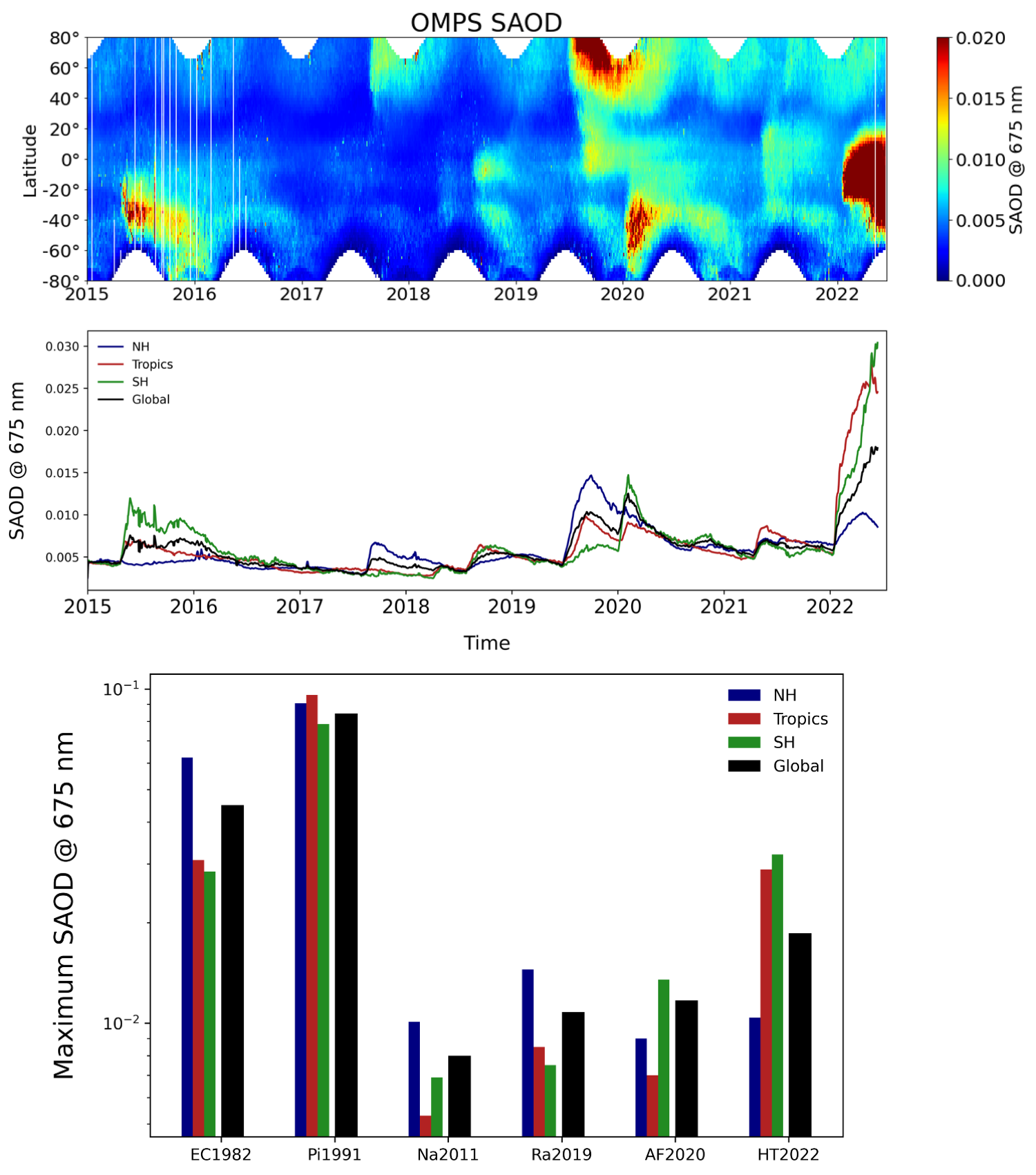
and comparison with recent stratospheric perturbations from volcanic eruptions and pyro-convective fires.
Data from the OMPS-LP satellite instrument and the GloSSAC climatology.
The large stratospheric water vapour perturbation had also dramatic, unexpected effects on the radiative impacts for this event. Immediately after the eruption, water vapour radiative cooling dominated the local stratospheric heating/cooling rates and produced a spectacular fast descent of the plume.

and observation of the fast plume descent.
Radiative modelling based on radio sondes and satellite observions, and CALIOP observations of the aerosol plume.
Volcanic aerosol cooling dominated the radiative forcing during the first days after the eruption. However, after two weeks, due to dispersion/dilution, water vapour warming started to dominate the top-of-the-atmosphere radiative forcing, leading to a net warming of the climate system. A warming effect on the climate system has never been observed before for a volcanic eruption, which usually produce a transient cooling.
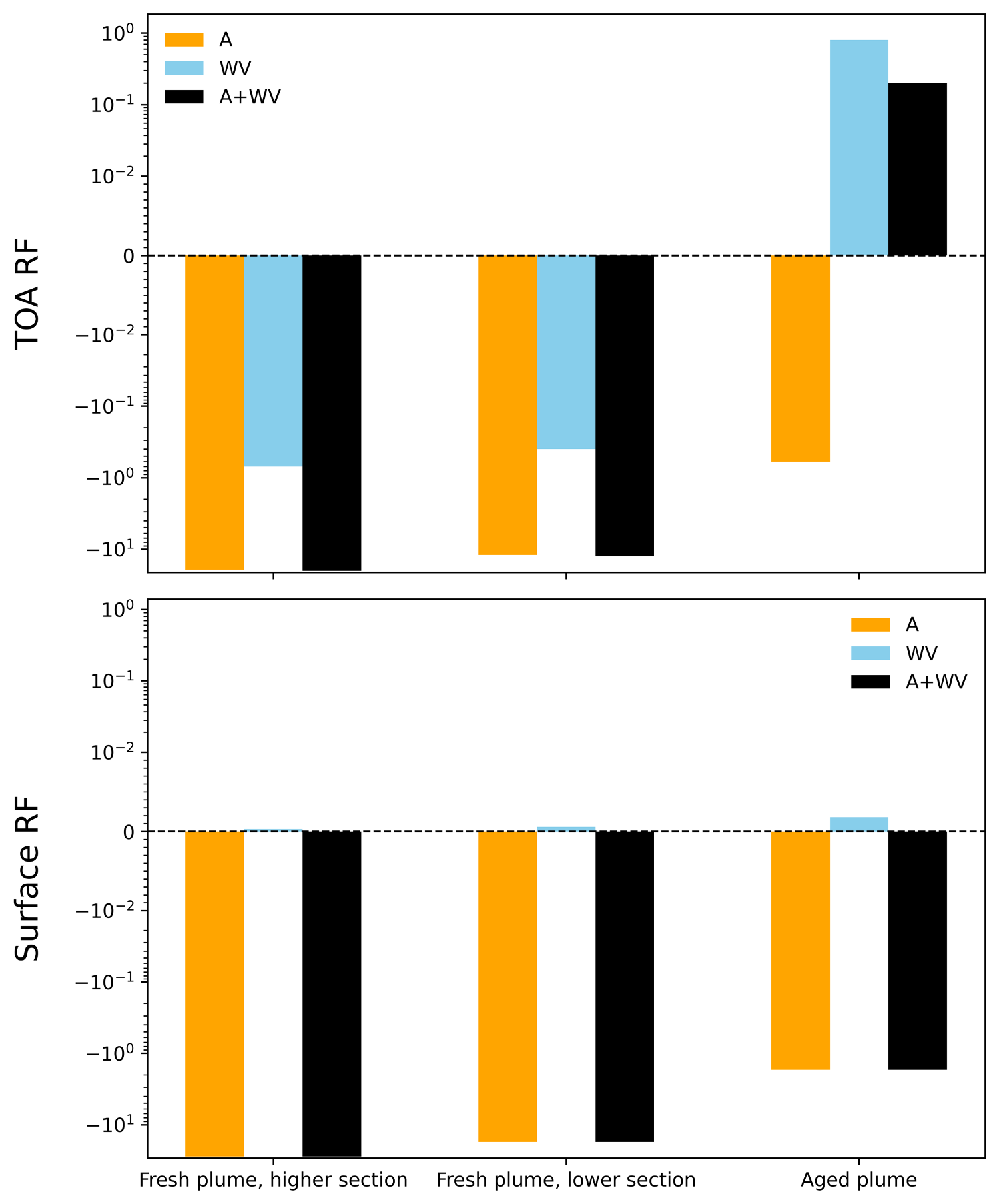
Radiative modelling based on radio sondes and satellite observions
If interested in the full story of this unique climate-warming volcanic eruption --> https://www.nature.com/articles/s43247-022-00618-z
Follow the Topic
-
Communications Earth & Environment

An open access journal from Nature Portfolio that publishes high-quality research, reviews and commentary in the Earth, environmental and planetary sciences.
Related Collections
With Collections, you can get published faster and increase your visibility.
Geology of the Moon
Publishing Model: Hybrid
Deadline: Jan 31, 2026
Drought
Publishing Model: Hybrid
Deadline: Mar 31, 2026

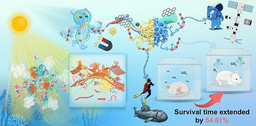

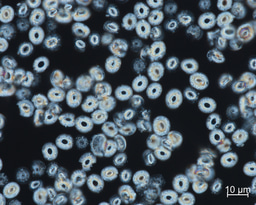
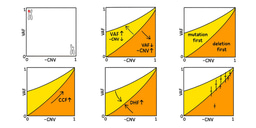
Please sign in or register for FREE
If you are a registered user on Research Communities by Springer Nature, please sign in